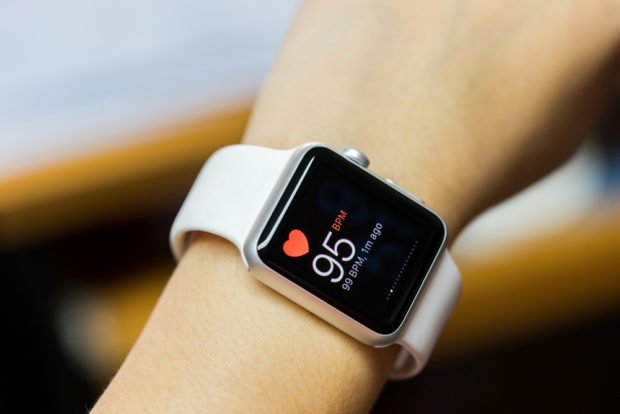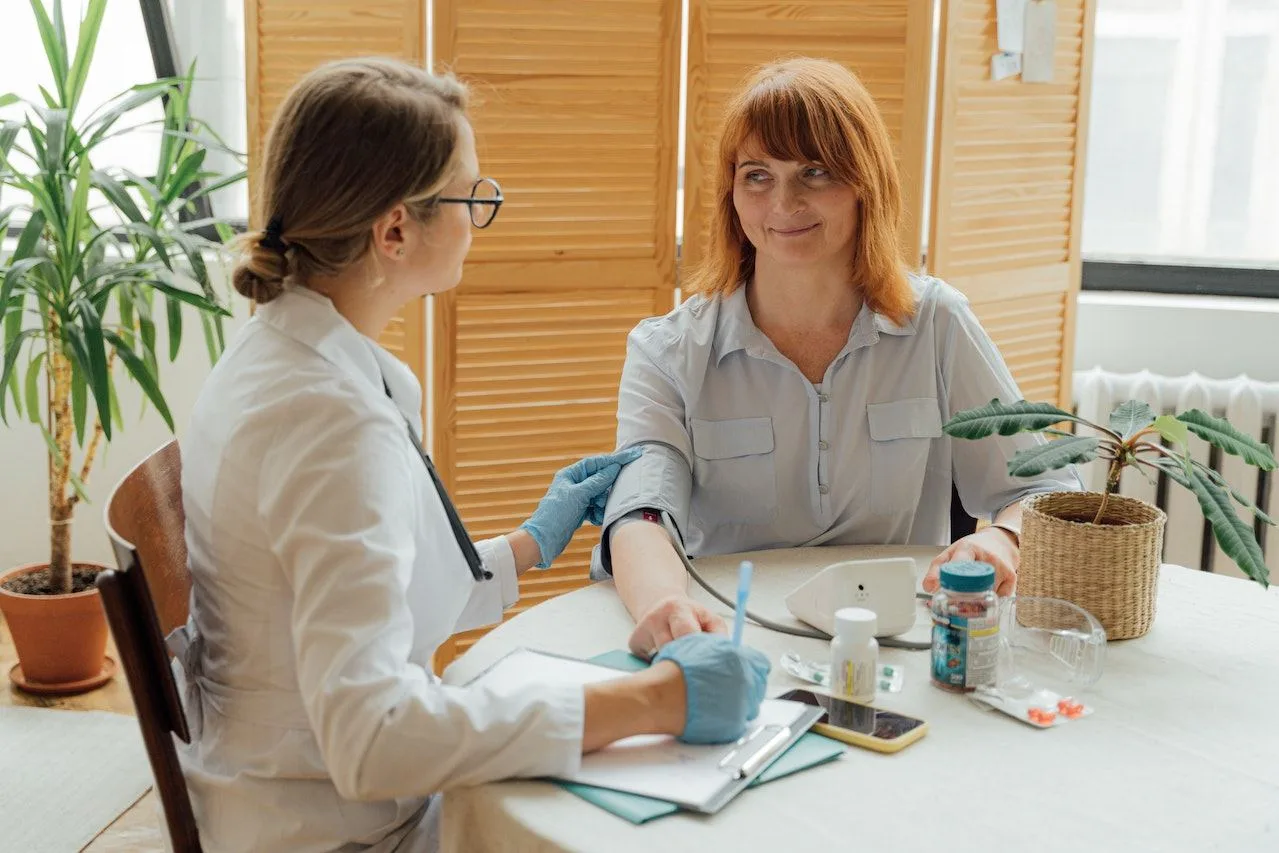It is widely known that you should visit your general practitioner once a year. However, waiting for this annual visit isn’t ideal for your health. After all, as the saying goes, prevention is better than cure. We can achieve this by conducting tests, procedures, and self-checks to ensure that early detection is prioritized.
From different cancers to leukemia, we give you a run-down of tests you can even perform at home, showing how prioritizing your health doesn’t have to be time-consuming, beginning with self-examinations.
Health Tests To Boost Longevity
Self-Examinations
With the rising cost of basic healthcare, it’s not surprising that many aren’t able to go for routine checkups to ensure their health is at its optimum.
However, while regular visits to your doctor are very important, research has shown that many serious problems are first identified through self-examinations. The following list of self-examinations helps you ensure you’re always on top of your health.
1. Breast Self-Examinations
This is a step-by-step method women can use to detect any changes and abnormalities in the breast. Regular breast exams can help you detect cancer early, making it easier to treat and increasing your chances of survival.
In a recent study, researchers found that among the 426 breast masses, 96% of cancers and 81% of ultrasound findings have resulted in patient-identified lumps. However, not all lumps are cancerous, so this doesn’t replace screening tests like a mammogram (which we will get into a bit later).
It is recommended that you perform a self-check once every month. Choose a time when you are not menstruating, as fluctuations in your hormone levels can cause changes in your breast tissue, including swelling at the beginning of your period.
Common ways to perform this include:
- Lying down: When lying down, the breast tissue spreads out, making it thinner and easier to feel
- In the shower: Lathering your breasts and fingers with soap helps your fingers glide more smoothly over your skin, making it easier to perform the self-examination.
Remember to use the pads of your three middle fingers for the exam, using different pressure levels to feel all the breast tissue.
2. Testicle Self-Examination
Regularly conducting this self-examination can help you become familiar with the usual feel of your testicles, so you can pick up on any changes. Although testicular cancer only affects 1 in 250 males, it is the most common cancer among men that are 15–35 years of age.
Testicular cancer expert Nirmish Singla, from the Brady Urological Institute, advises that a self-exam be conducted once every month.
With a 99% survival rate if the cancer hasn’t spread past the testicles, early detection is extremely important. According to Dr. Michele Vanzaghi, “there needs to be (an) emphasis on early detection and screening rather than management…”
The most common way to perform this is in the shower. A warm shower relaxes the scrotum and the muscles which hold the testicles, making the exam easier.
3. Heart Rate
Your heart rate is the number of times your heart beats each minute. This is a critical indicator of your overall health because when your heart rate is too fast or too slow, it can be an indication of heart or other health problems.
Ronesh Sinha, M.D., at Palo Alto Medical Foundation, shares that keeping track of your heart rate can give you insight into your heart and emotional health.

BallBall14/Shutterstock
“Many people are walking around with a resting heart rate that is too high. [This is] due to factors such as too much caffeine, dehydration, inactivity, and persistent stress,” she says, adding that the extra heartbeats are “taking years off your life” over time.
After establishing what your average resting and maximum heart rate should be based on your age, begin by finding your pulse, either on your neck (through the carotid artery), the wrist (through the radial artery), or inside your elbow (through the brachial artery).
After finding your pulse, count the number of heartbeats in 60 seconds (also known as your “beats per minute” measurement). Do this when you’re not active with your resting heart rate, and immediately after exercising for your maximum heart rate. Performing this test regularly helps you identify any abnormalities in your heart health.
4. Skin Self-Examination
Skin self-examinations are very important in the early detection of skin cancer by helping you spot unusual changes. According to the Skin Cancer Foundation, it is recommended that you conduct this self-exam once a month. Performing a skin self-exam involves checking your skin for any unusual growths or skin changes.
According to the American Cancer Society, not all skin cancers look the same, so signs to look out for include:
- A sore that bleeds and/or doesn’t heal after several weeks
- A rough or scaly red patch, which might crust or bleed
- A mole with an odd shape, irregular borders, or areas of different colors
The ideal time to do a skin self-examination is after a shower or bath.
Scans
Mammograms
Described as specialized medical imaging that uses a low-dose X-ray system, a mammogram is the best test that doctors use to identify breast cancer early, sometimes up to three years before it can be felt.
According to the National Breast Cancer Foundation, physicians advise women who are over the age of 40 to get a mammogram every 2 years.
Breast cancer screenings are vital to maintaining long-term health and wellness. However, with the rising price of medical care, mammogram costs pose a serious concern for many. There are a few foundations that aim to combat this by making mammograms free and more accessible.
During Breast Cancer Awareness Month, the National Breast Cancer Foundation, the CDC’s National Breast and Cervical Cancer Control Program, and the National Breast and Cervical Cancer Early Detection Program (NBCCEDP) help women get their mammograms done at little to no cost.
Procedures
Pap Smears
Also known as a pap test, a pap smear is a screening procedure that checks for the presence of cervical cancer through the analysis of cells from your cervix.
In this procedure, the physician gently scrapes cells from your cervix (the lower, narrow end of your uterus) away and examine them for abnormal growth. By detecting changes in your cervical cells, the procedure is crucial for early detection of cervical cancer. The American Cancer Society recommends that you begin screening at 25 years old, every 3 years.
Blood Tests
CBC Test (Complete Blood Count)
This blood test is used to analyze overall health, finding a wide range of conditions, including anemia and leukemia. The test measures the following:
- Red blood cells, which carry oxygen
- White blood cells that fight infection
- Hemoglobin, the oxygen-carrying protein in red blood cells
- Hematocrit, which determines the number of red blood cells in the blood
- Platelets, which help blood clot
One Annual Visit Isn’t Enough
You shouldn’t be relying on one annual visit to learn about the state of your full body health, and these tests ensure that you are constantly aware of any bodily changes that may present health risks.
Early detection is very crucial in the fight against many conditions, as it increases your chances of making a full recovery. However, it is important to note that self-examinations cannot replace tests, so always consult your doctor and keep them informed on any bodily changes you pick up on.
MAIN IMAGE CREDIT: Photo by Antoni Shkraba
References
- Gupta, R., Gupta, S., Mehrotra, R. and Sodhani, P., 2020. Risk factors of breast cancer and breast self-examination in early detection: systematic review of awareness among Indian women in community and health care professionals. Journal of Public Health, 42(1), pp.118-131.



![women [longevity live]](https://longevitylive.com/wp-content/uploads/2020/01/photo-of-women-walking-down-the-street-1116984-100x100.jpg)











Thanks, Bongane. This is a really helpful article. I’m always given an Endoscopy as part of a regular health checkup. An endoscopy can help determine what’s causing digestive signs and symptoms, such as heartburn, nausea, vomiting, abdominal pain, difficulty swallowing, and gastrointestinal bleeding. Basically, it can identify any issues with the organs involved in the digestive tract.